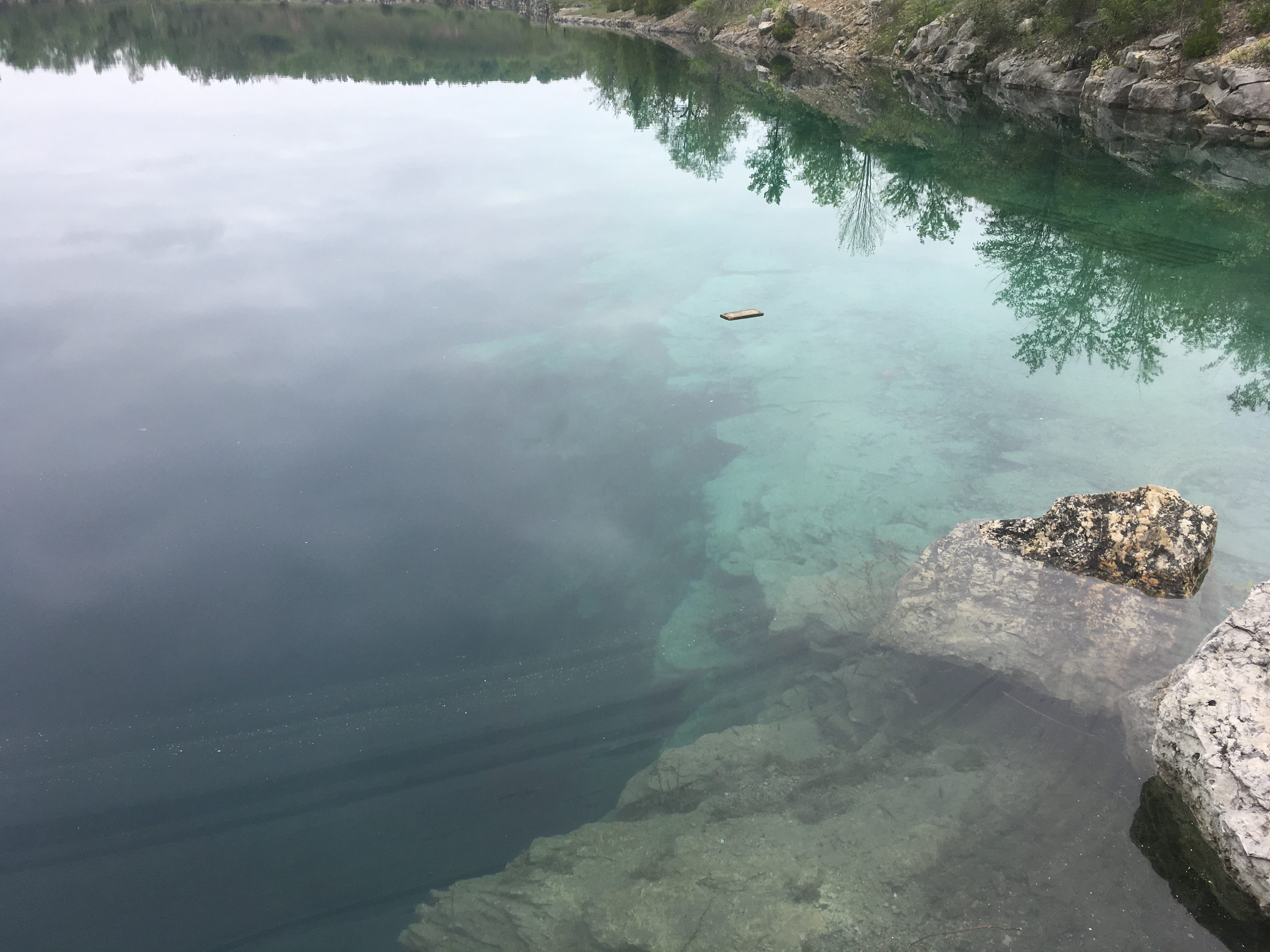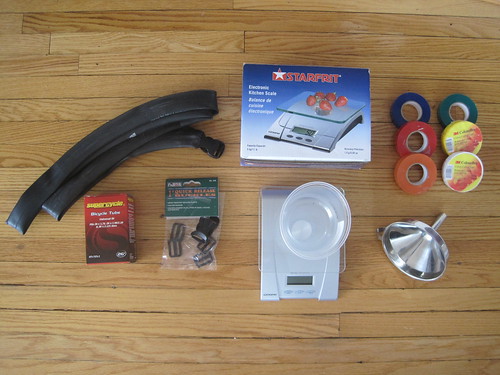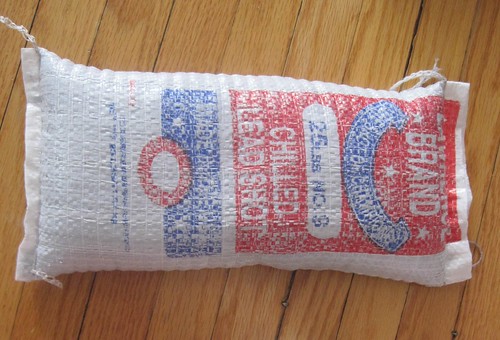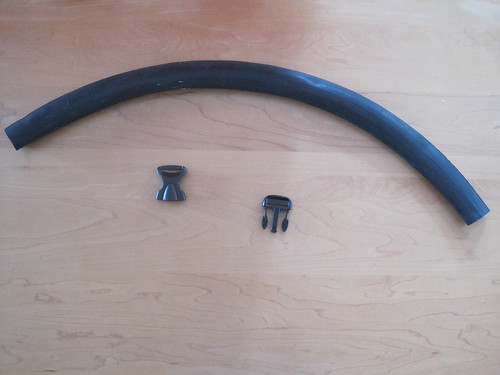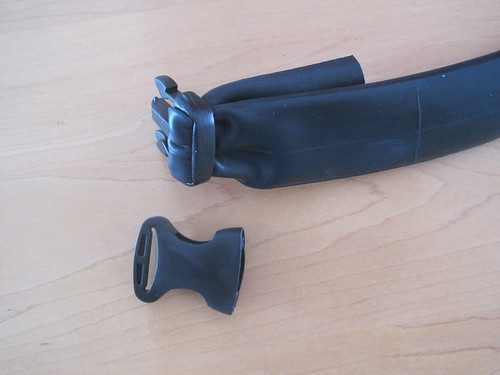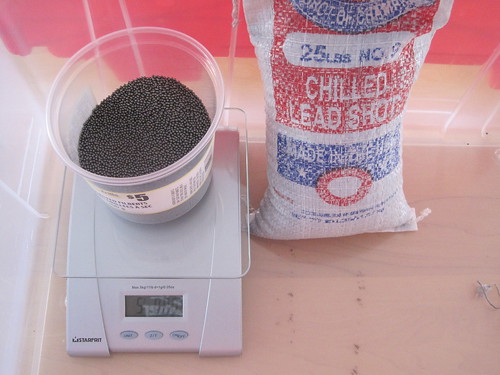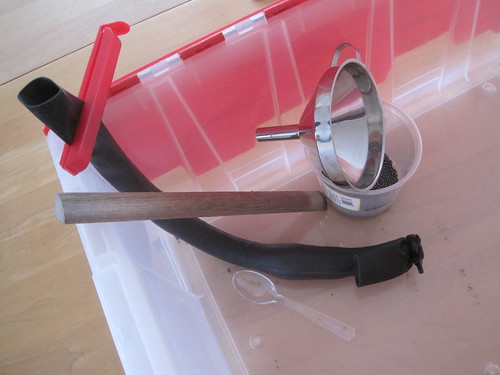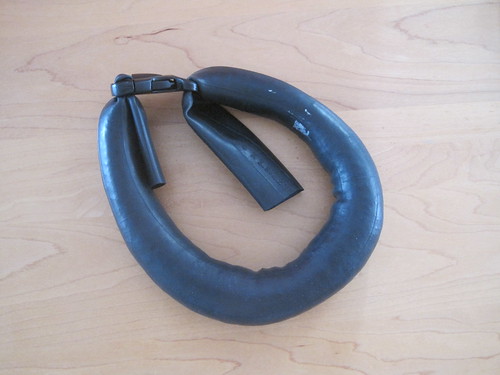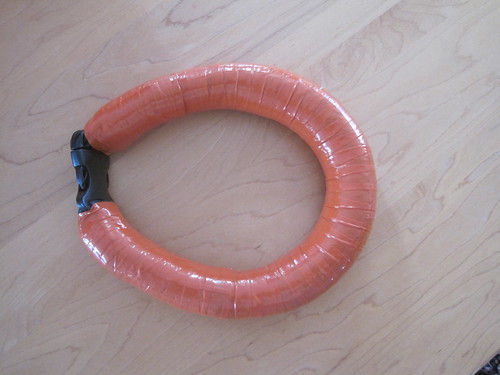Just came back from Long Island Bahamas… It’s been the second formal
training for me in the span of 3 months. The first one – last October in
Monrtreal with William Winram, member of the FreediveToronto club and World Cup
Champion – I wasn’t able to attend to the full extent (damn, I have to,
given the chance again!). This second training was actually during vacation
with my wife, which, quite conveniently, “coincided” with a depth training
course by another William – Trubridge, current World Record holder on CNF
and his wife Brittany, who is a Yoga instructor with an emphasis on
breathing techniques and lung exercising. Daily yoga practices (with one really
cool session which started at sunrise right on the cliff facing the Atlantic ocean),
diving off the platform on the Dean’s Blue Hole, the supernatural beauty of Long
Island, my October training in Montreal – all of these contributed to greatly
improve my depth range and confidence. The outcome? For the first time in my life,
I crossed the 40m depth mark and 30+ meter dives became much more
comfortable than ever before. There was also the pleasant surprise of meeting Carla
Sue-Hanson – she was assisting in our open water training. Carla is in pursuit of the
US National record for CNF diving. So if you’re looking to train for depth in warm
waters close to home, don’t think twice; Dean’s Blue Hole is hard to beat. It’s close
and accessible from Toronto on a 3 hr direct flight to Nassau and a few daily
connections to Long Island. There are no waves or thermocline at Dean’s Blue Hole,
hardly any currents, great visibility as well as a world-class dive setting.
Throw into the mix the super-friendly local people, fresh-off-the-sea
(definitely beats fresh-off-the-boat-and-into-the-freezer) seafood, excellent spearfishing
opportunities, miles and miles of white sandy beaches without a soul in sight and
you have the perfect place to train or just unwind and relax. This is our second trip to
Long Island and I hope there will be more like this in the future!

ALL ROADS LEAD TO THE DEAN’S BLUE HOLE!
……………………………………………………………………………………………………………………………………………………………………………………………….
[slideshow]
………………………………………………………………………………………………..
[youtube=http://www.youtube.com/watch?v=18CN5pXzi7Y&w=640&h=390]
Training CWT dive at The Blue Hole
Sergei
